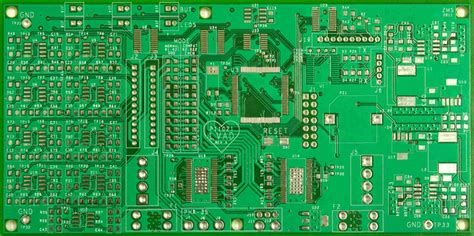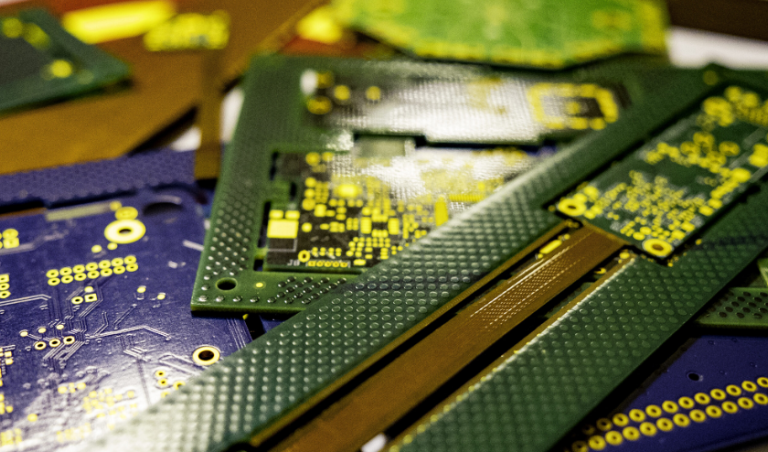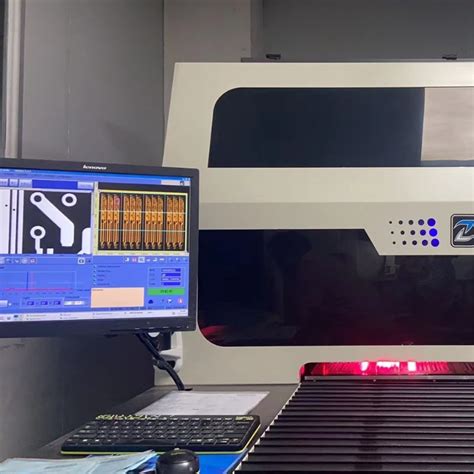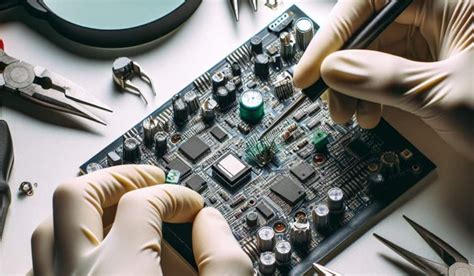The Importance of PCB Ionic Contamination Testing
In the electronics manufacturing industry, ionic contamination testing of PCBs (printed circuit boards) is a critical step in ensuring product quality. Ionic contamination refers to the residual charged ions on the PCB surface. These contaminants primarily originate from manufacturing processes such as soldering additives, cleaning chemicals, humidity control, electroplating, wave soldering, and reflow soldering. These residues can cause electrochemical effects, posing a potential threat to the performance and reliability of the PCB.

Control and Testing of Ionic Contamination
To ensure the quality and reliability of PCBs, the level of ionic contaminants must be strictly controlled and quantitatively analyzed using precise testing methods. A widely accepted testing method in the industry is IC ion chromatography, which accurately measures ionic contamination on PCB surfaces. To ensure the accuracy of test results, testing should be performed in accordance with international standards such as BS-EN-14582 and IPC-TM-650 2.3.28B.
Ionic Contamination Testing Services
PCB ionic contamination testing services include PCBA cleanliness testing, concentration testing of specific ions such as chlorine, fluorine, bromine, and iodine, SMT quality analysis, and semiconductor chip testing. Jinjian Laboratory can provide customized analysis and test reports based on the specific PCB design, detailing the specific ionic contamination levels.

The Necessity of Ionic Contamination Testing
The importance of ionic contamination testing cannot be underestimated; it helps us understand the rationality of our customers’ PCB quality requirements. The following are key points regarding PCBA contamination:
- Sources of Contamination
PCBA contamination can come from oxidation of components and PCBs, flux residue during production, fingerprints and jig marks during soldering, and dust and moisture in the workplace.
- Harms of Contamination
Contamination can cause PCBA corrosion, electromigration, reduced protective coating effectiveness, and cracking and peeling of the coating over time and temperature, all of which can affect PCBA reliability.
- Typical Problems Caused by Contamination
These problems include corrosion, electromigration, and poor electrical contact, all of which can lead to circuit failure or performance degradation.
The Necessity of Cleaning
Cleaning not only improves the appearance and electrical performance of PCBAs but also enhances the adhesion of protective coatings. Even in non-cleaning applications, cleaning is necessary to ensure the chemical safety of the PCB and the stability of the production line.
Ionic Contamination Testing Specifications and Standards
- IPC-TM-650: Provides two methods for directly testing the degree of ionic contamination in PCBs: ion mobility testing and conductivity testing.
- IPC J-STD-003: Defines requirements for PCB electrical testing, lists ionic contamination testing as a required test item, and specifies detailed test procedures, equipment, and judgment criteria.
- IPC-6012 and IPC-A-600: Recommend ionic contamination testing as an optional electrical test method for assessing PCB product compliance.
- Military and aerospace PCB standards, such as MIL-PRF-55110 and NASA-STD-8739.1, also include ionic contamination testing in PCB testing specifications.







